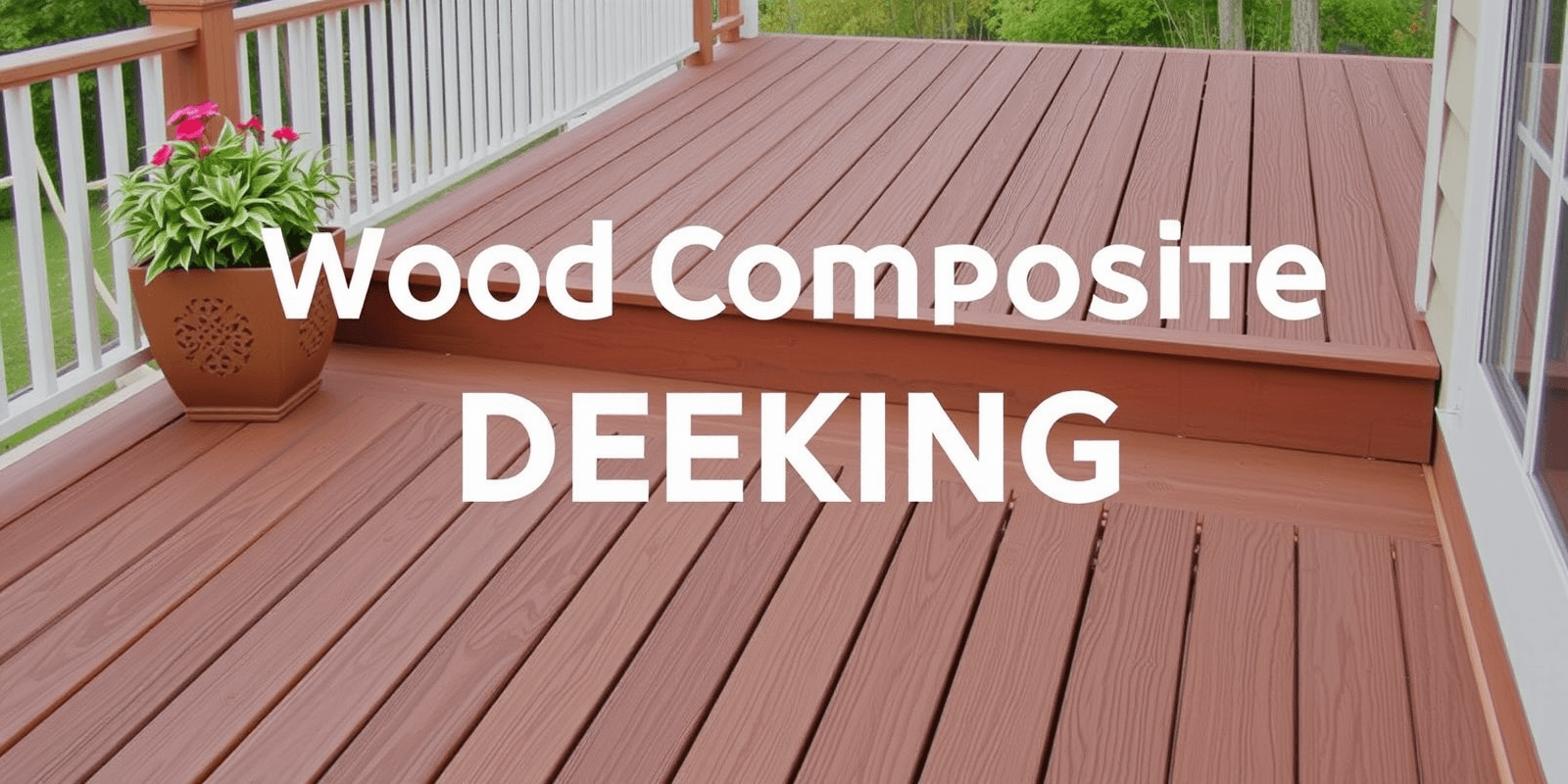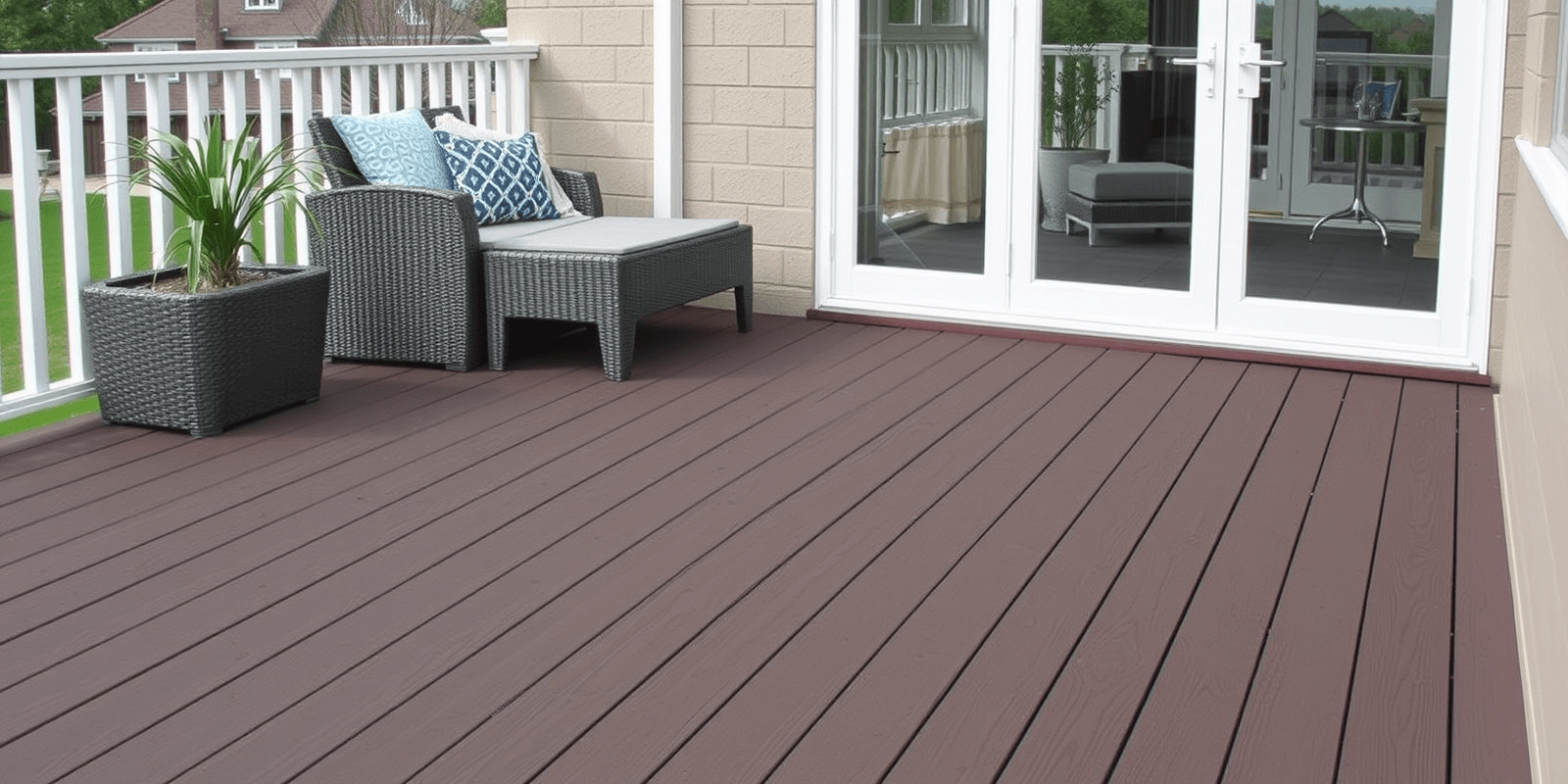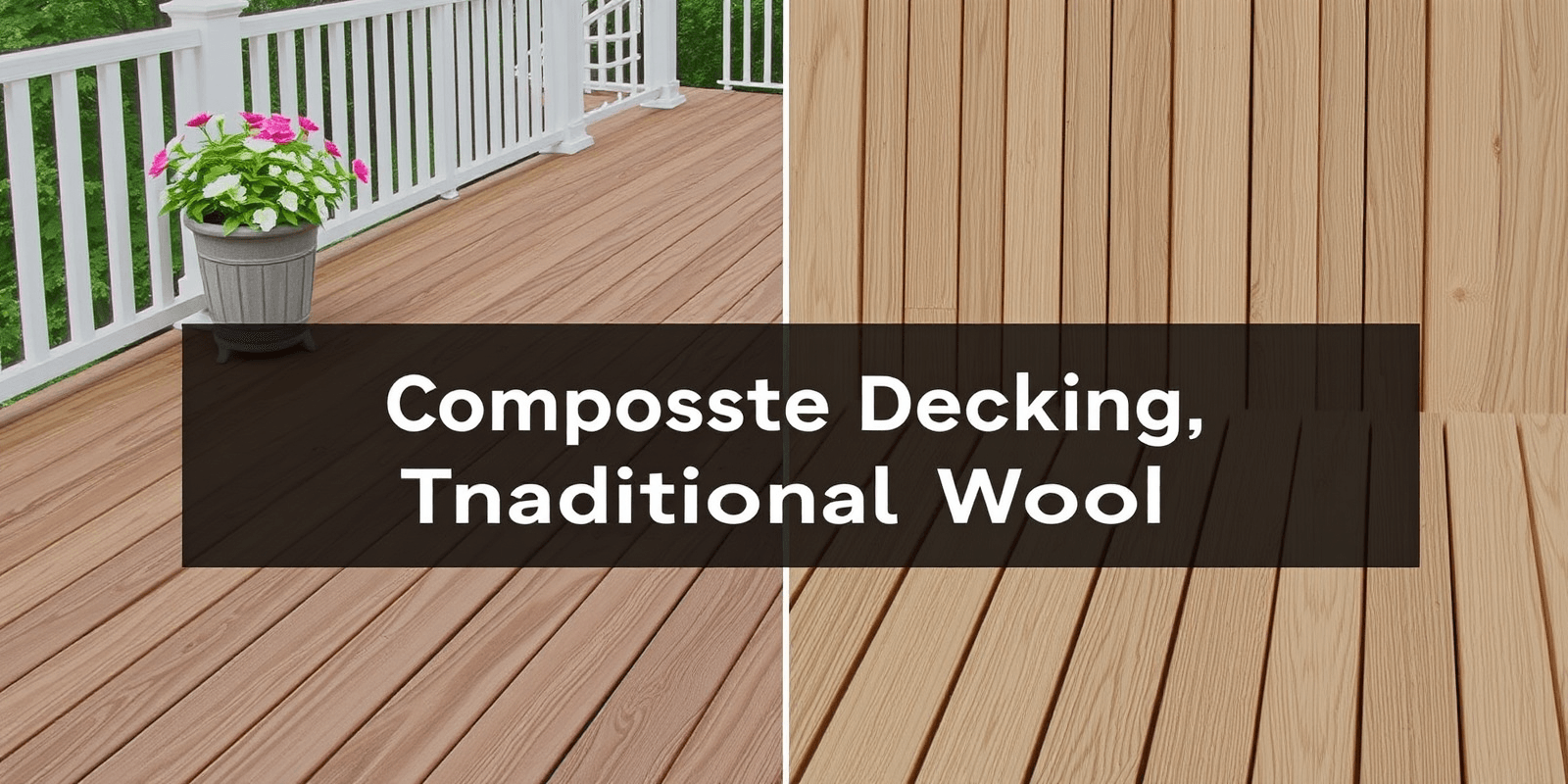“`html
Cost-Benefit Analysis: Wood Composite Decking Price vs. Longevity
Introduction
In the realm of home improvement projects, choosing the right material for your deck can significantly impact both your budget and long-term satisfaction. Among the various options available, wood composite decking has emerged as a popular choice due to its blend of aesthetics and functionality. This article delves into a cost-benefit analysis of wood composite decking price compared to its long-term benefits such as durability, low maintenance requirements, and overall cost-effectiveness.
The Initial Cost of Wood Composite Decking
When considering the initial investment, wood composite decking tends to be more expensive than traditional pressure-treated wood or even natural wood options. The average price per square foot for wood composite decking ranges from $8 to $15, which is higher than the $3 to $7 range for pressure-treated wood. However, it’s crucial to evaluate this upfront cost in the context of long-term savings and benefits.
Durability and Longevity
One of the most compelling reasons to opt for wood composite decking is its superior durability. Unlike natural wood, which can warp, crack, and splinter over time, wood composites are resistant to moisture, insects, and rot. This makes them ideal for climates with high humidity or frequent rain. Studies have shown that properly installed wood composite decks can last up to 25 years with minimal maintenance, far exceeding the lifespan of traditional wood decks.
Low Maintenance Requirements
Another significant advantage of wood composite decking is its low maintenance needs. Traditional wood decks require periodic staining, sealing, and repairs to prevent deterioration. In contrast, wood composites only need occasional cleaning with mild soap and water. They do not require re-staining or sealing, reducing both the time and money spent on upkeep. This ease of maintenance translates to substantial savings over the life of the deck.
Overall Cost-Effectiveness
Despite the higher initial cost, wood composite decking proves to be a cost-effective option when considering the total cost of ownership. Over the course of 20 to 25 years, the cumulative maintenance costs for a traditional wood deck can exceed the initial installation cost of a wood composite deck. Additionally, the longevity and aesthetic appeal of wood composite decks add value to your property, potentially increasing its resale value.
Conclusion
While the initial cost of wood composite decking may seem steep, its long-term benefits make it a wise investment for homeowners. Its durability, low maintenance requirements, and overall cost-effectiveness contribute to a deck that remains beautiful and functional for decades. By understanding these factors, you can make an informed decision that balances your budget with your long-term needs.
“`



